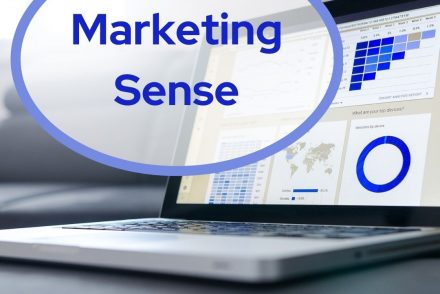
How to Write Successful Promotional Posts: Part 2
In Part One last month I shared the fictional promotional post below: Would you like to receive coaching…
March 12, 2022
In Part One last month I shared the fictional promotional post below: Would you like to receive coaching…
March 12, 2022
You’re finally ready to promote your latest book or product or course. All you need now is buyers. Woo-hoo!…
February 12, 2022
One of the great mysteries new platform builders (aka Christian writers and speakers) seek to solve is, “What should…
January 12, 2022
If you’re already deeply connected to your audience…if serving them up close and personal is already your priority…and if…
December 12, 2021
How to Deliver the Lead Magnet for Your Upcoming Interview This is the second in a two-part series. Part…
November 12, 2021
Will you be the guest on an upcoming podcast, TV, or radio program? You’ll have access to that person’s…
October 12, 2021
What Is a Lead Magnet and Why Is the Title Such a Big Deal? Lead Magnets are the overlooked…
August 12, 2021
No matter how dignified we are, holding our just-published book in our hands for the first time makes us…
July 12, 2021
Consider the following answer to “What do you do?“: “We’re a women empowerment company. We facilitate courses and events…
June 12, 2021
You never thought it would happen to you. One minute, you were ecstatic to hear that special “bing!” when…
May 12, 2021
Growing a loyal Facebook Live audience—whether you’re a beginner or established writer—doesn’t happen overnight. You have to earn it.…
March 12, 2021
As a professional writer you aren’t satisfied writing grocery lists. You long to deliver God’s message and see lives…
February 12, 2021